Plumbing safety is an essential aspect of any modern building, and while it is a vital component of our daily lives, it can also be a source of potential hazards. Whether you’re a homeowner doing some DIY plumbing work or a professional plumber, it is crucial to understand and avoid potential plumbing hazards to ensure your safety and the safety of others. In this blog post, we will explore some of the most common plumbing hazards and how to avoid them.
Chemical Exposure
Many plumbing tasks involve the use of chemicals such as drain cleaners, solvents, and adhesives. These chemicals can be hazardous if they come into contact with your skin or eyes or are inhaled. It is essential to wear appropriate protective gear such as gloves, safety glasses, and a respirator when working with chemicals. You should also read and follow the manufacturer’s instructions for the safe use and disposal of these chemicals.
Electrical Hazards
Plumbing work often involves working in close proximity to electrical wiring and equipment. Electrical hazards can include electrocution, electrical shock, and fires. Always turn off the power before starting any plumbing work and use appropriate electrical safety gear such as rubber-soled shoes and gloves. It is also crucial to ensure that your tools and equipment are in good working condition and are properly grounded.
Water Damage
Water damage is a common plumbing hazard that can lead to costly repairs and mold growth. To avoid water damage, it is essential to ensure that all plumbing fixtures, pipes, and fittings are properly installed and maintained. Regularly inspect your plumbing system for leaks, and promptly repair any issues to prevent water damage.
Gas Leaks
Gas leaks are a severe plumbing hazard that can lead to fires, explosions, and carbon monoxide poisoning. If you smell gas, immediately turn off the gas supply and evacuate the building. Do not turn on any electrical switches or use any open flames until the gas leak has been resolved. It is crucial to have your gas lines inspected regularly by a licensed plumber to ensure that they are in good working condition and not leaking.
Falls And Injuries
Plumbing work often involves working at heights, such as on ladders or roofs, and carrying heavy equipment and tools. Falls and injuries can result from slips, trips, and falls or from improperly lifting heavy objects. Always use appropriate safety gear, such as non-slip shoes and safety harnesses, when working at heights, and use proper lifting techniques to avoid back injuries.
Asbestos Exposure
Asbestos is a hazardous material that was commonly used in older buildings for insulation and piping. Exposure to asbestos can lead to lung cancer, mesothelioma, and other health issues. If you are working on an older building, it is essential to have the building inspected for asbestos and to take appropriate precautions if asbestos is found. This may include wearing protective gear such as respirators and using specialized equipment to remove the asbestos.
Hot Water Burns
Hot water burns can result from working with hot water heaters or from coming into contact with hot water pipes or fixtures. Always use appropriate protective gear, such as gloves and safety glasses, when working with hot water, and be careful when handling hot water pipes or fixtures.
Conclusion
Plumbing hazards can be a significant risk to your safety and the safety of others. By understanding and avoiding potential plumbing hazards, you can ensure that your plumbing work is completed safely and effectively. Always wear appropriate safety gear, follow manufacturer instructions, and regularly inspect your plumbing system for issues. If you are unsure about how to safely complete a plumbing task, it is always best to consult with a licensed plumber.
Contact:
We will reply your email or fax within 24 hours.
You can call us at any time if there is any question on our production.
For more information,pls visit our webside https://www.ifanpvc.com/
Pls Mailto: [email protected]

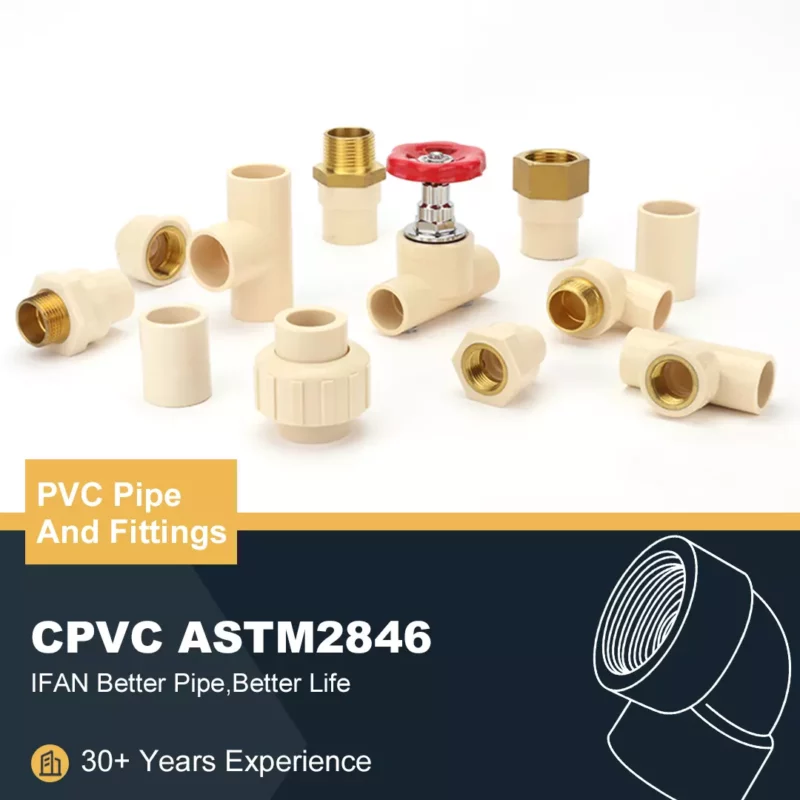
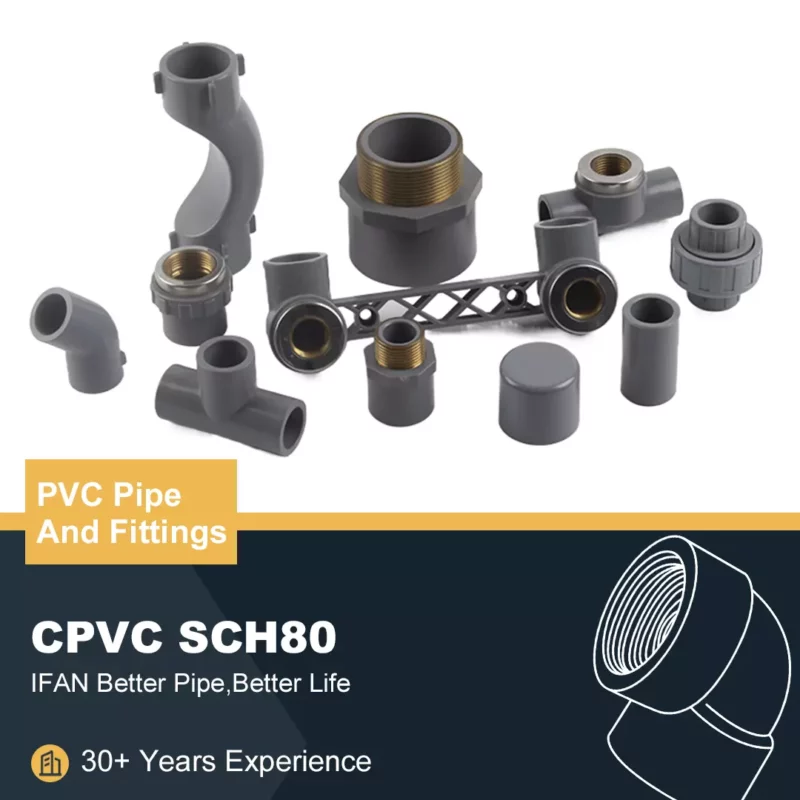
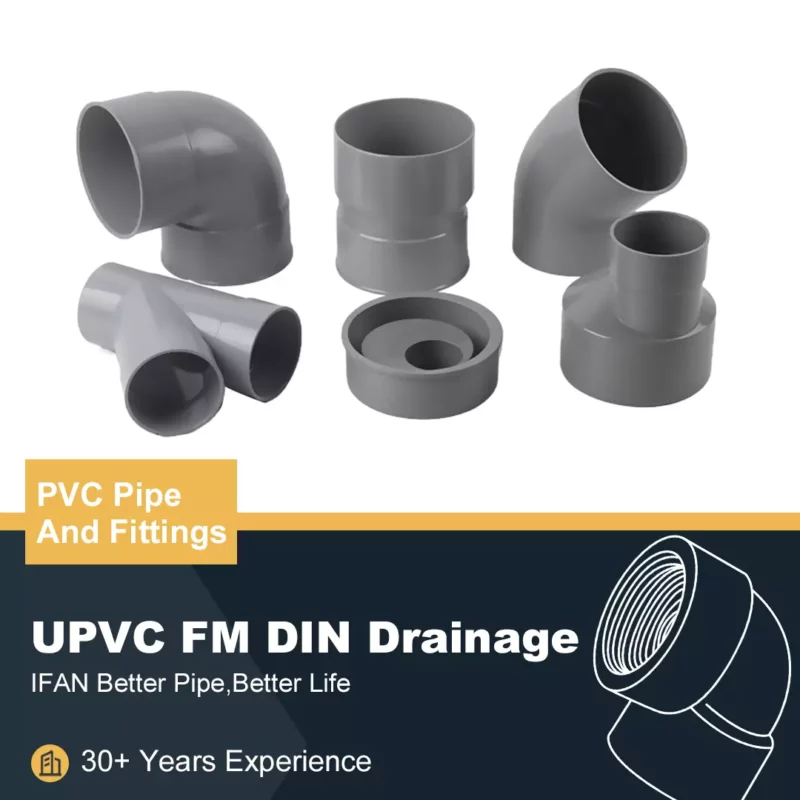
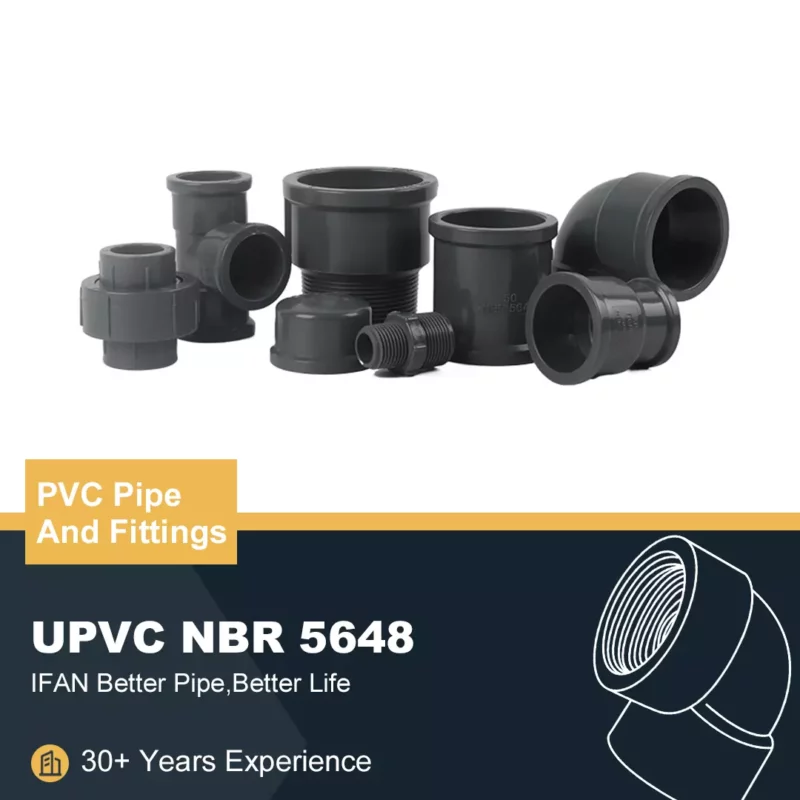
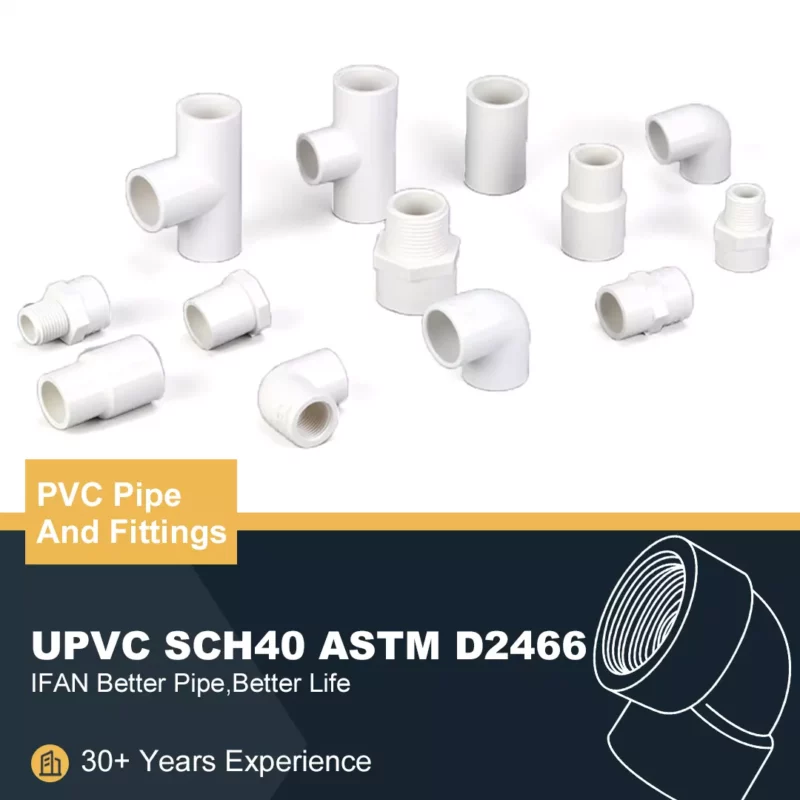
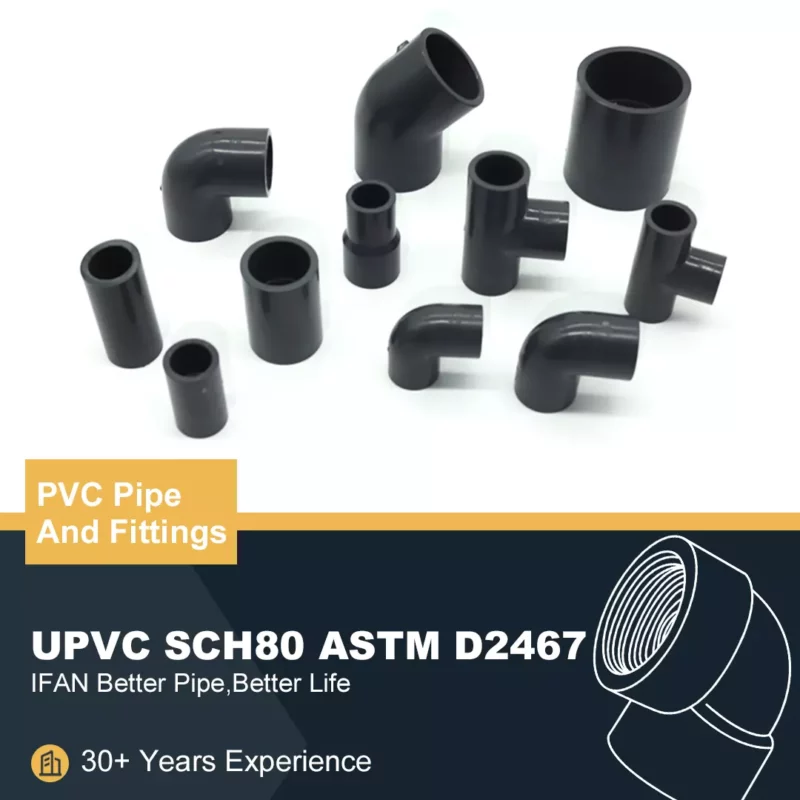
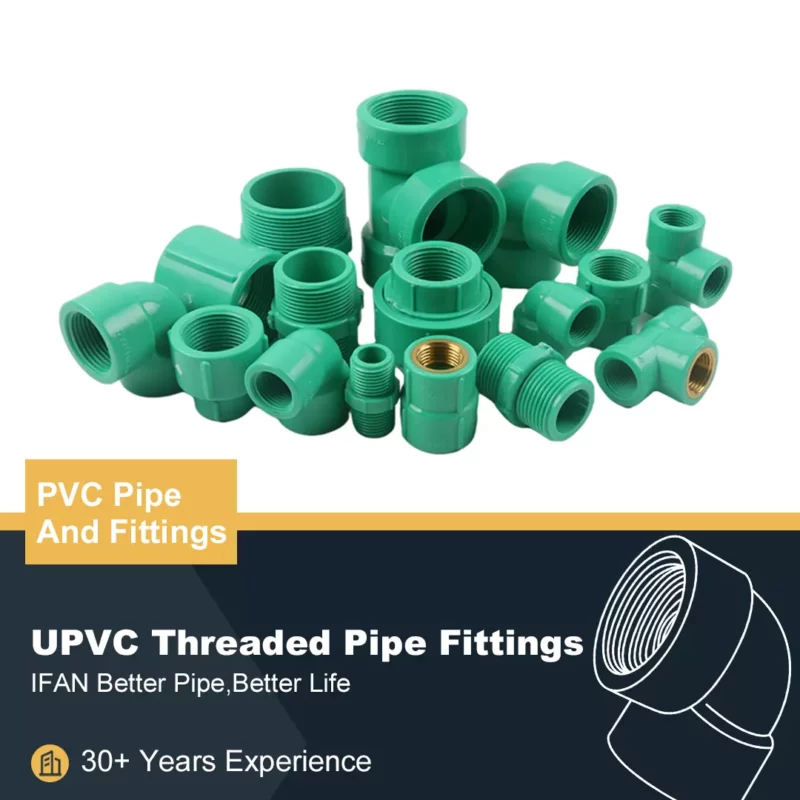
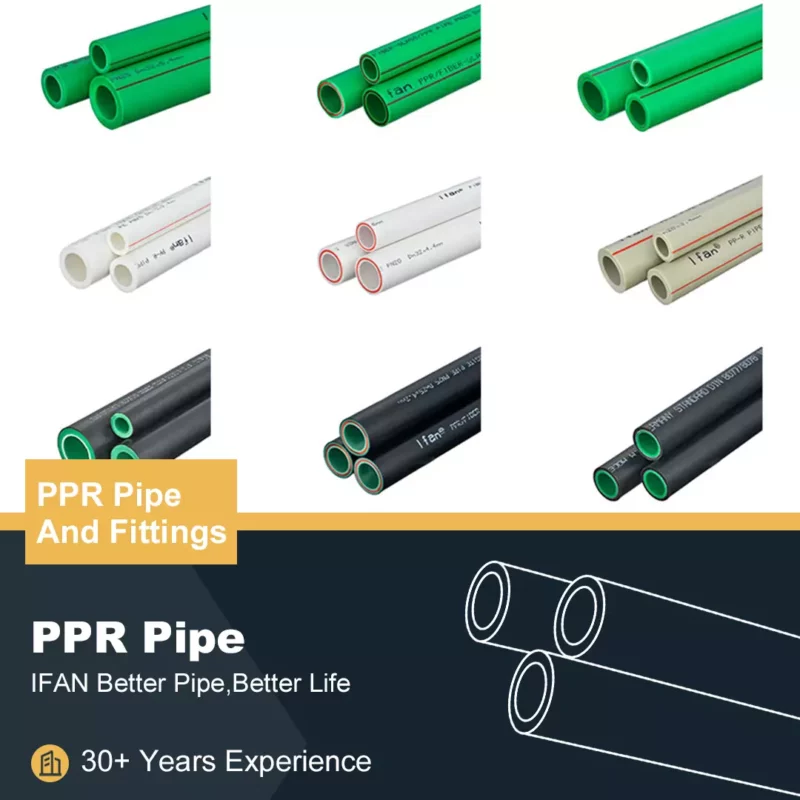
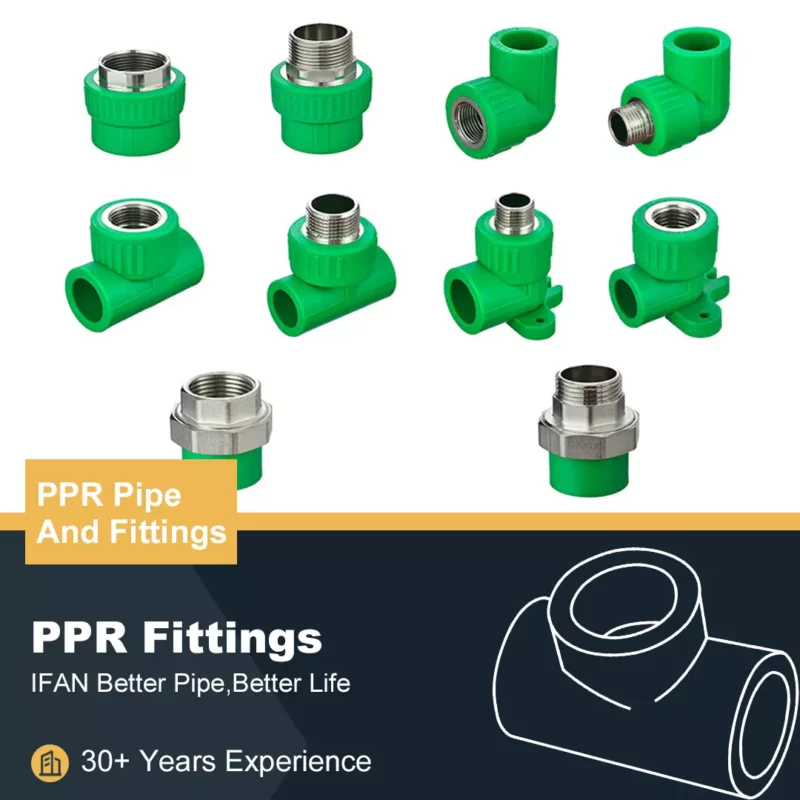
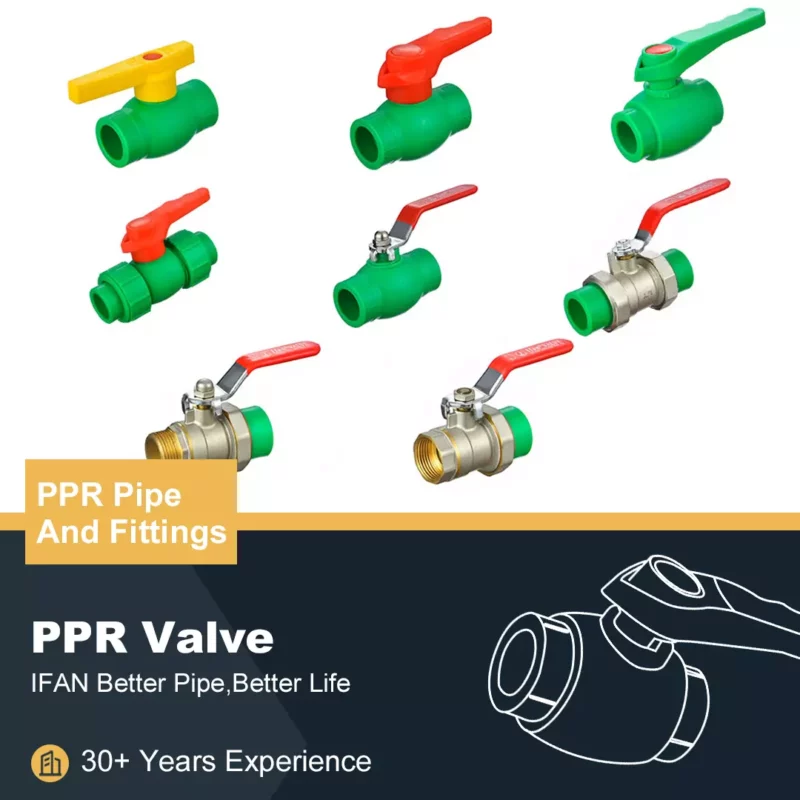
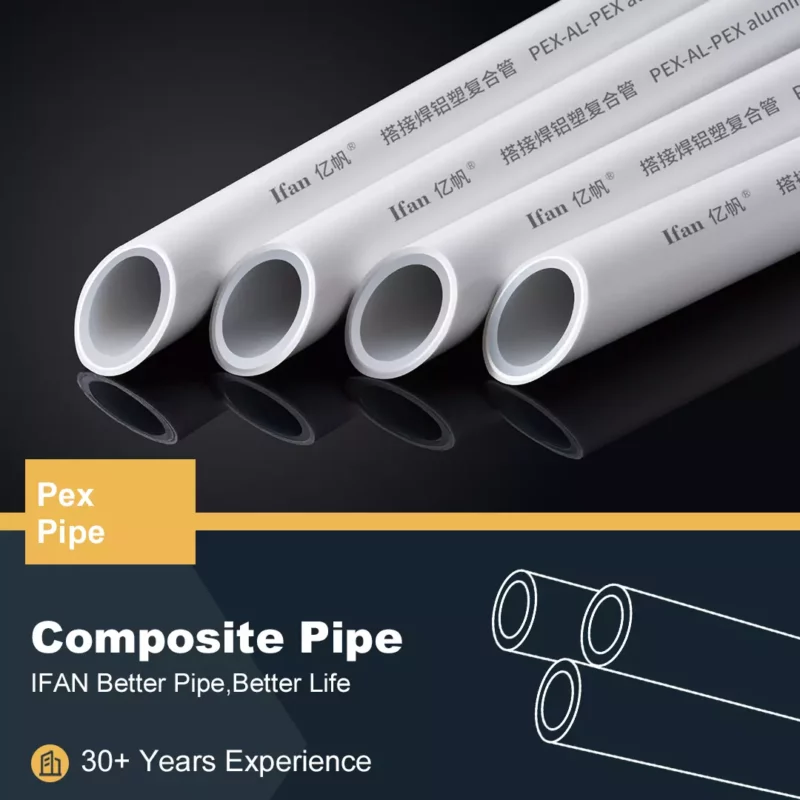
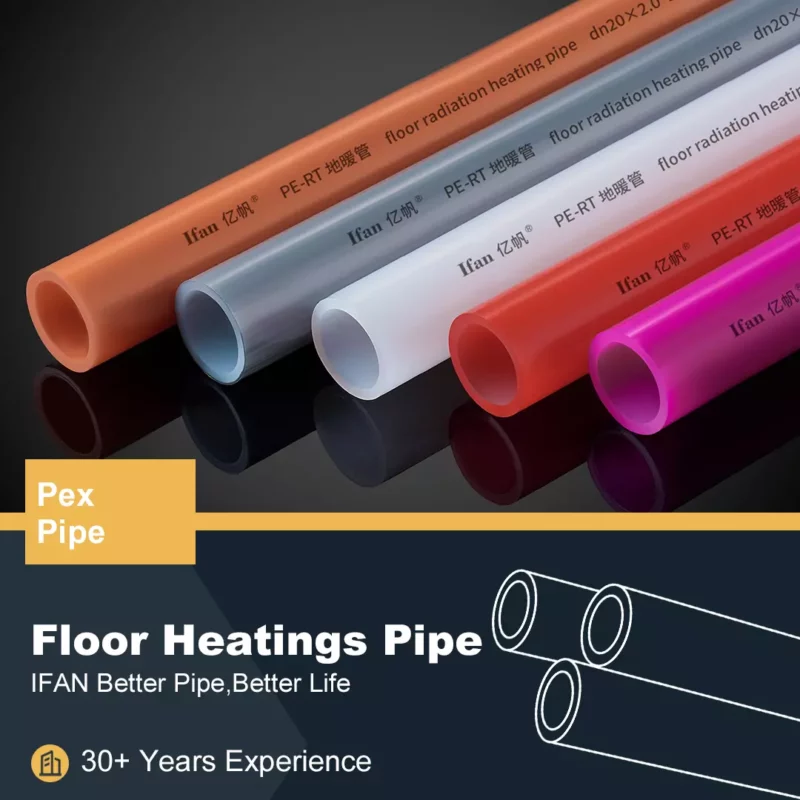
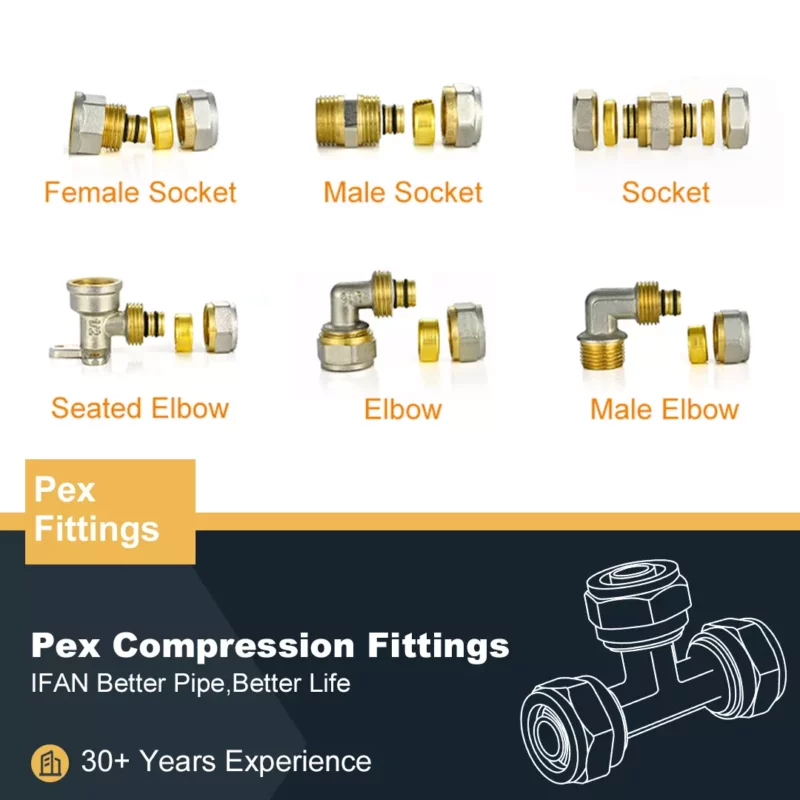
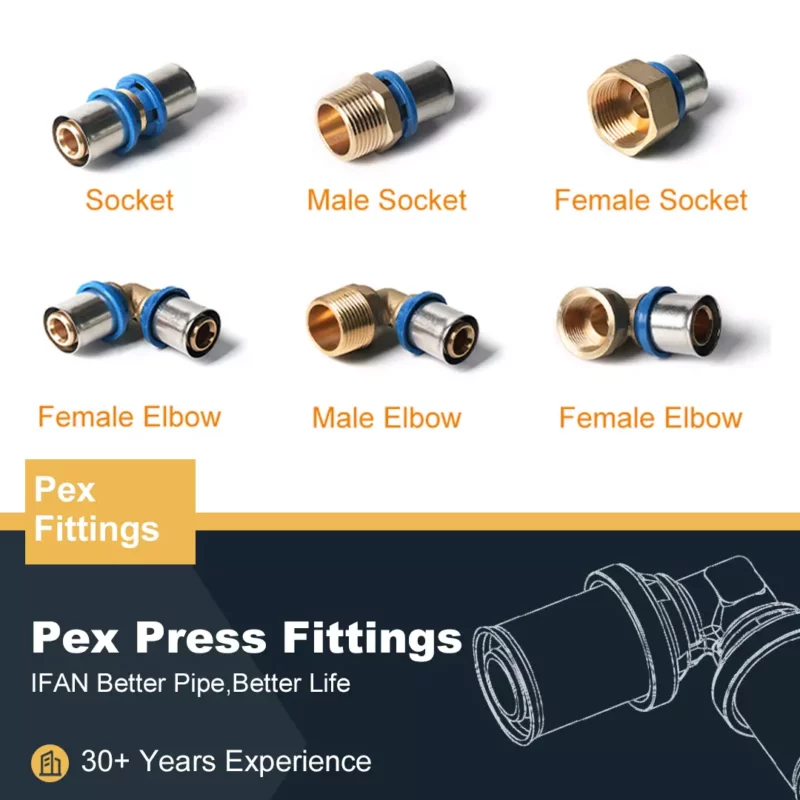
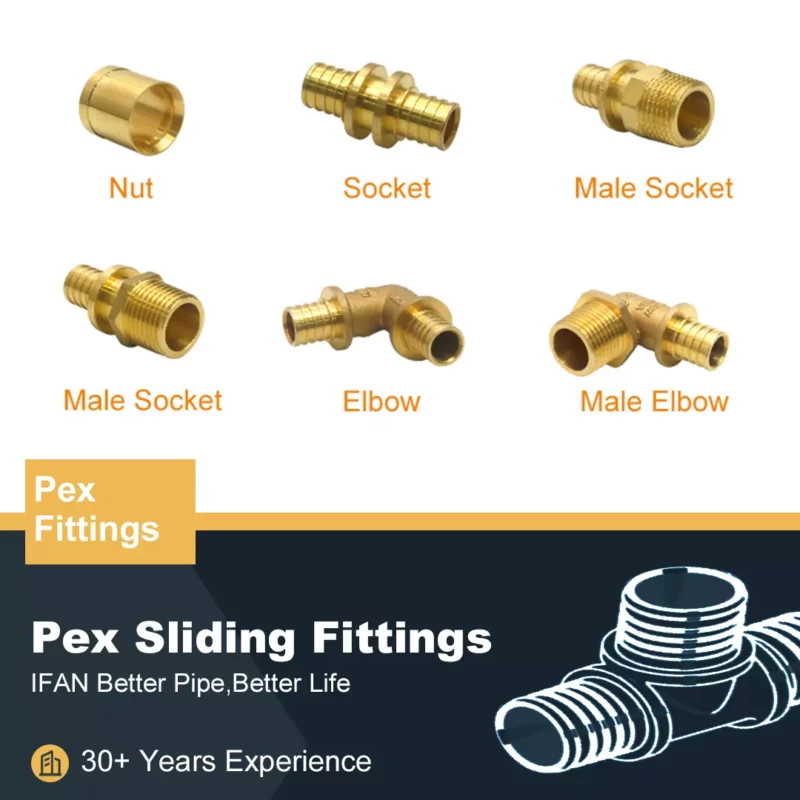
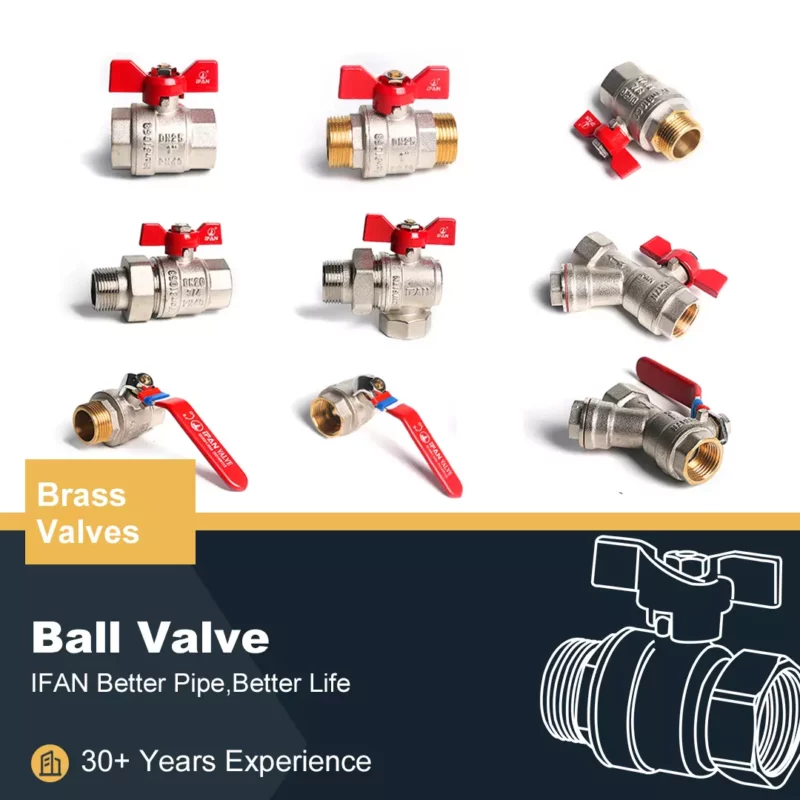
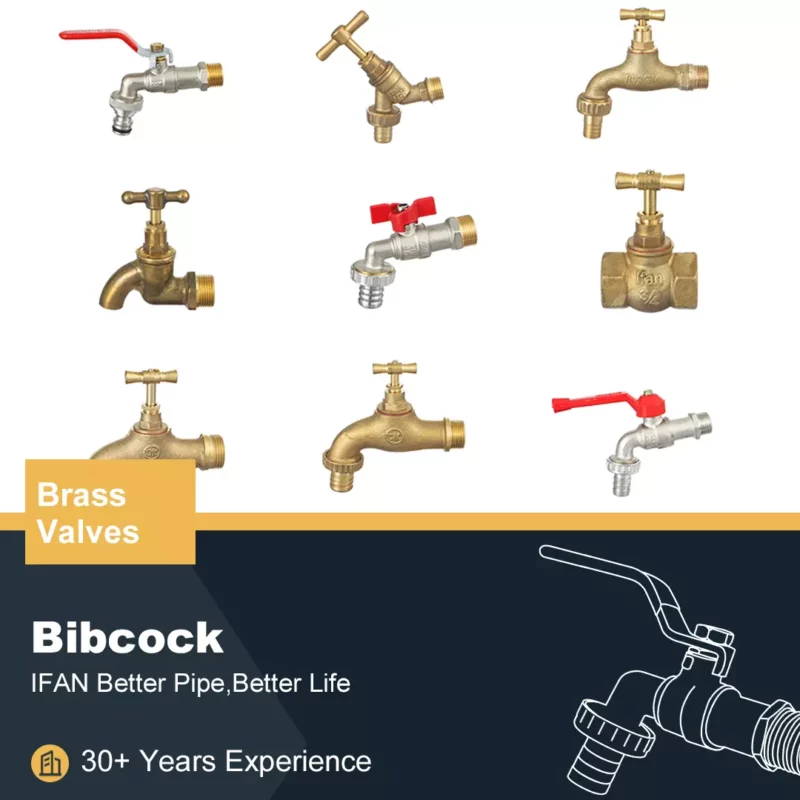
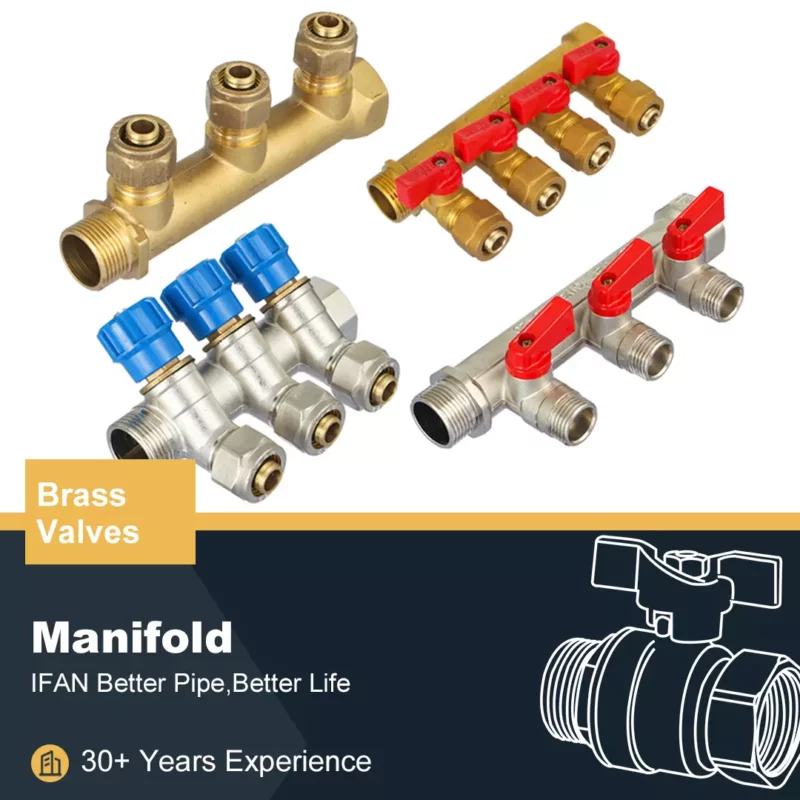
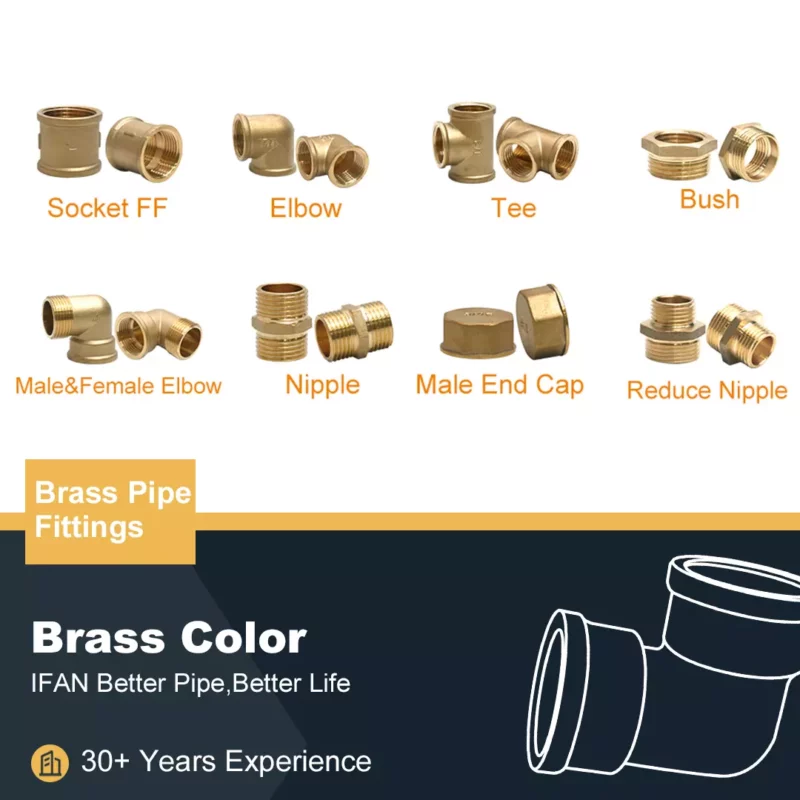
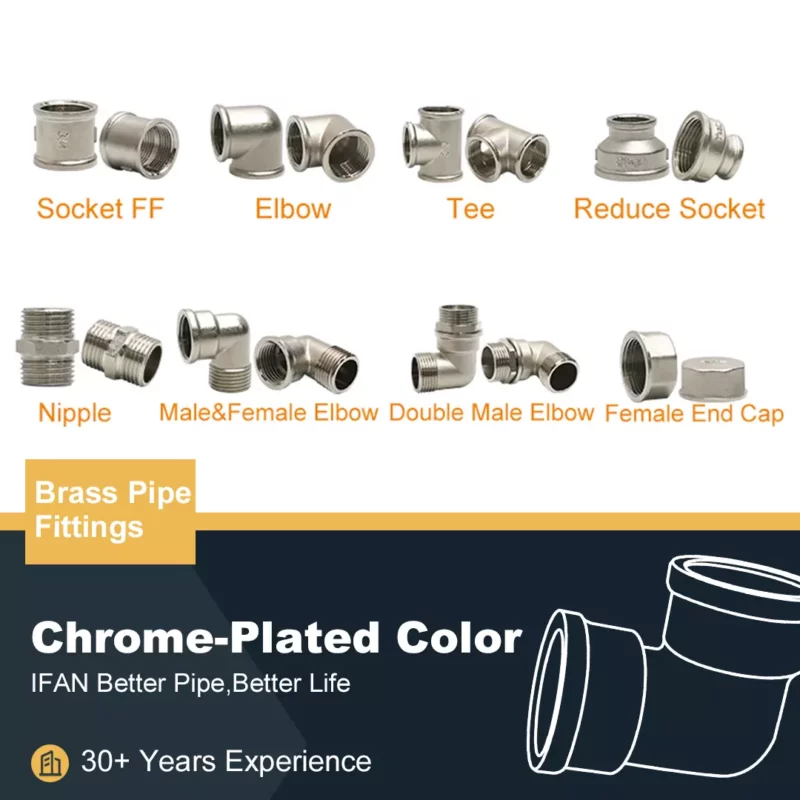
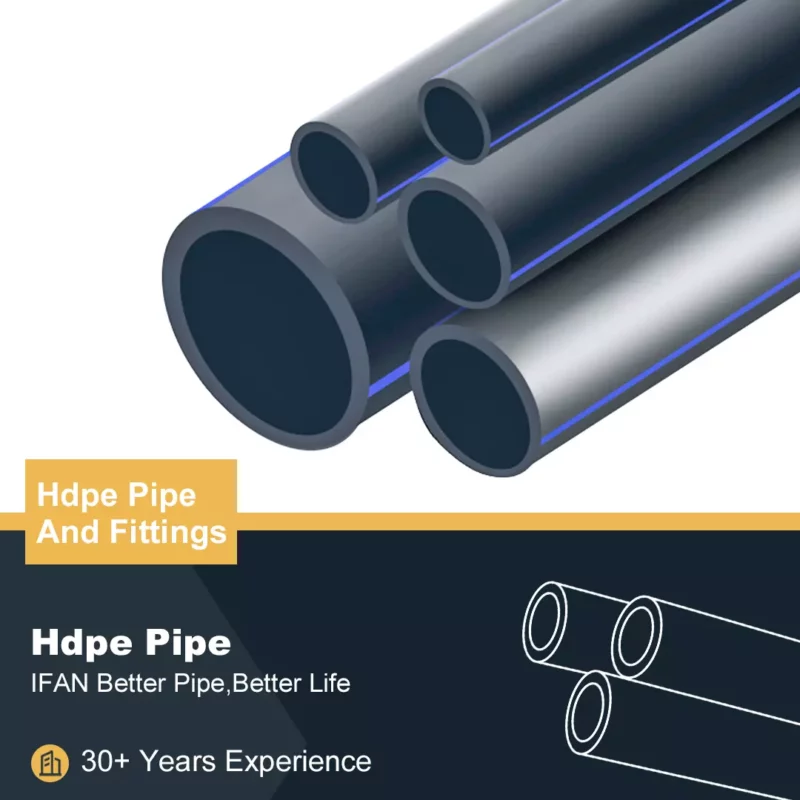
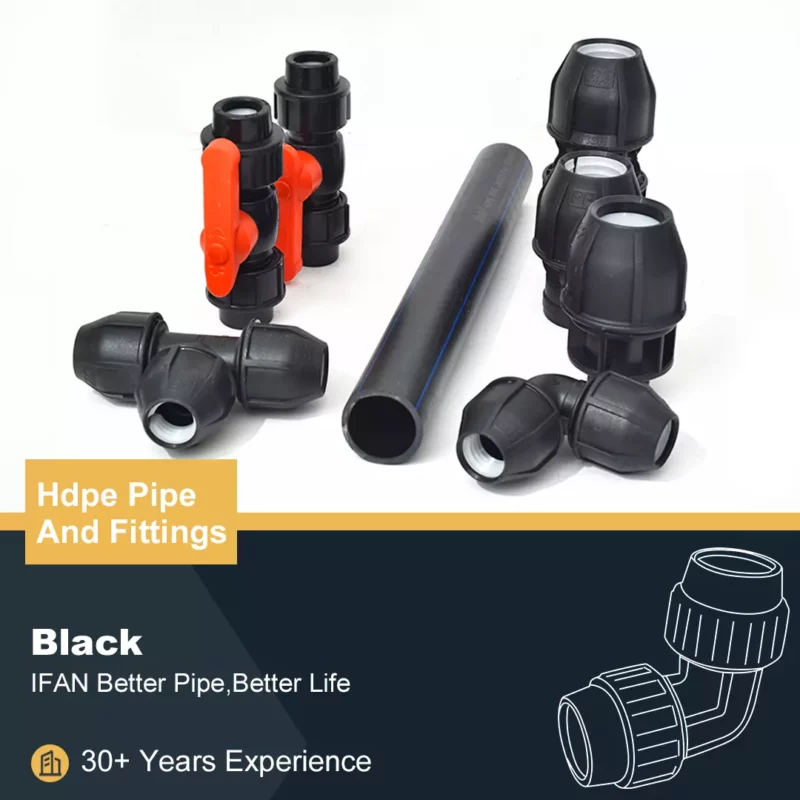
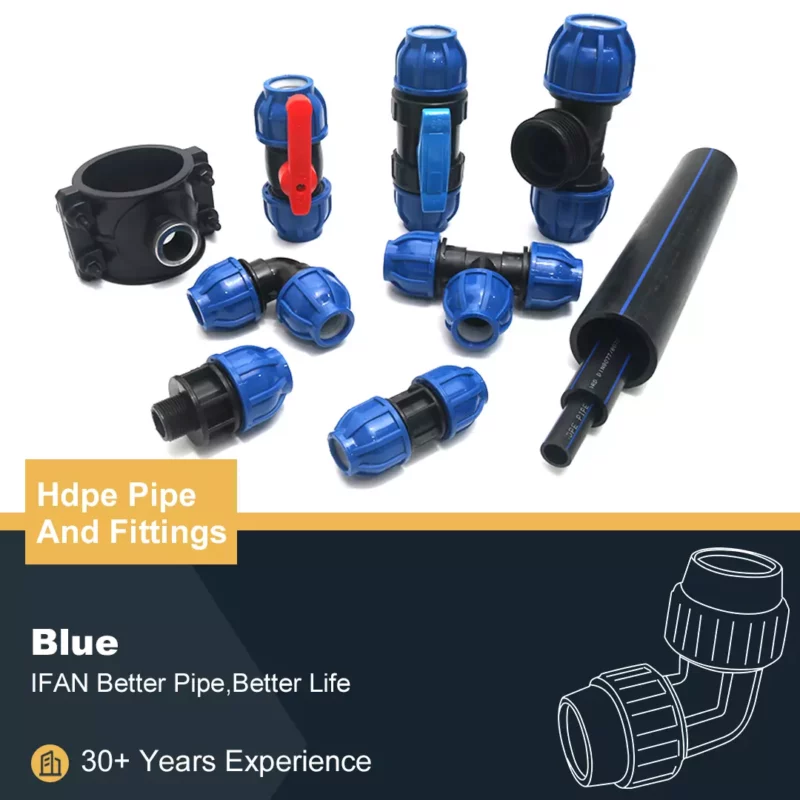
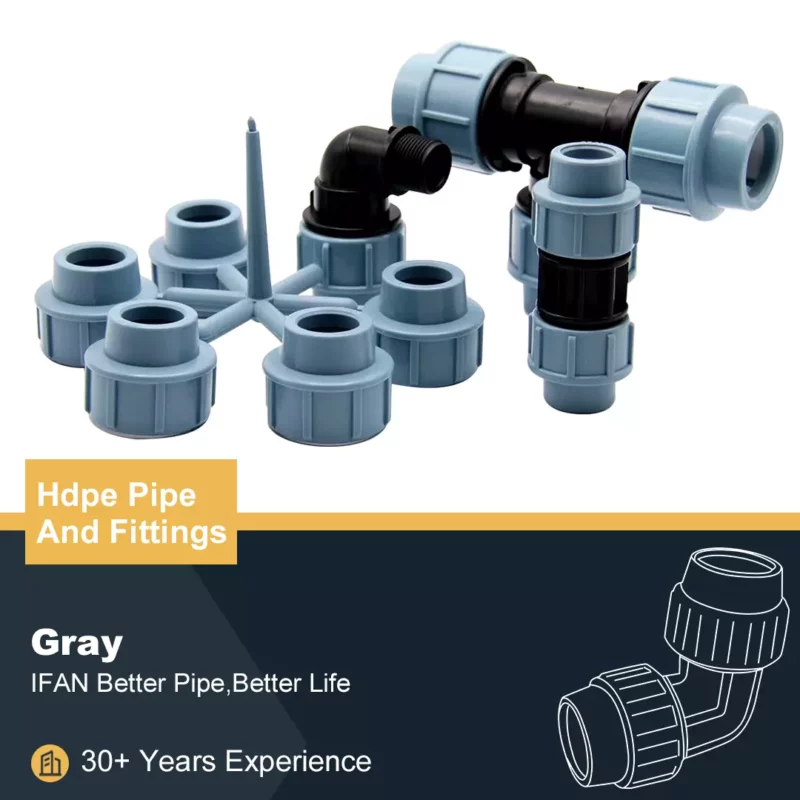
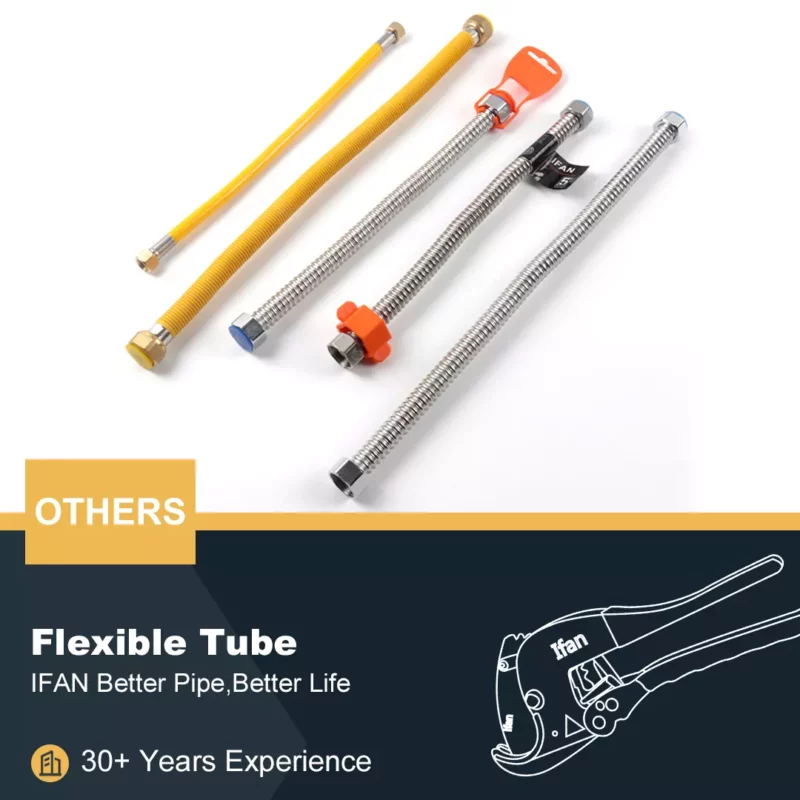

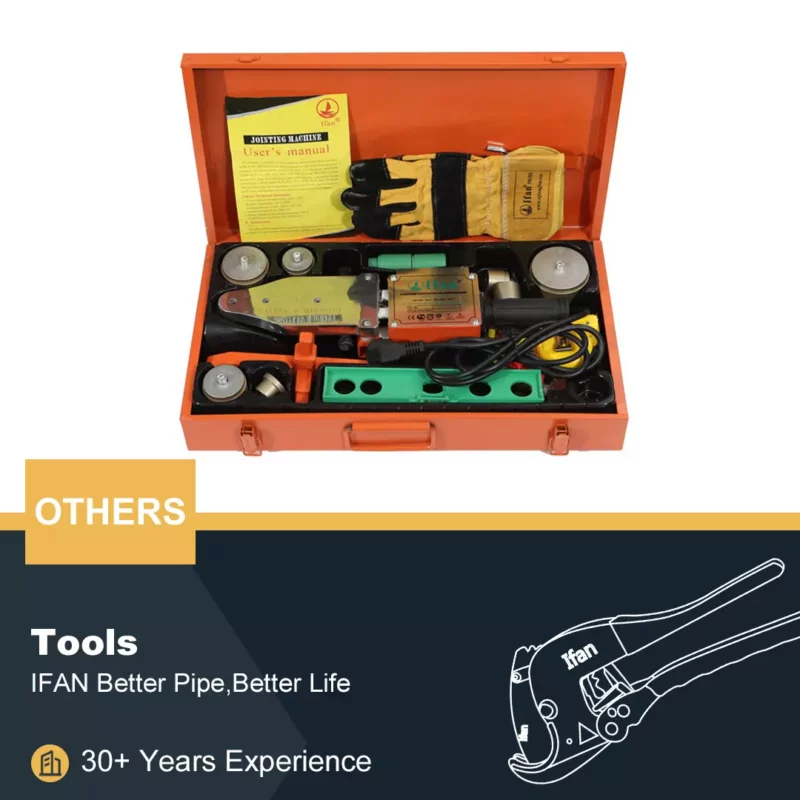
















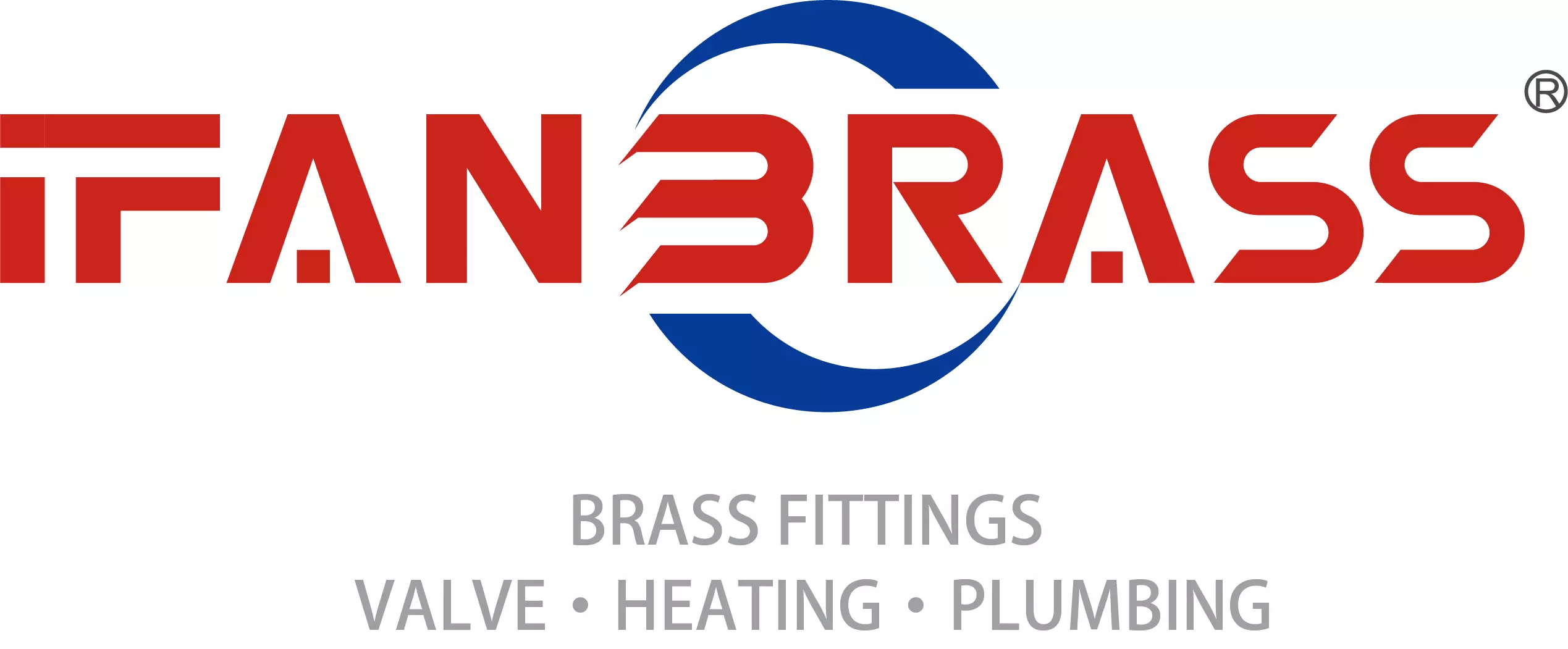




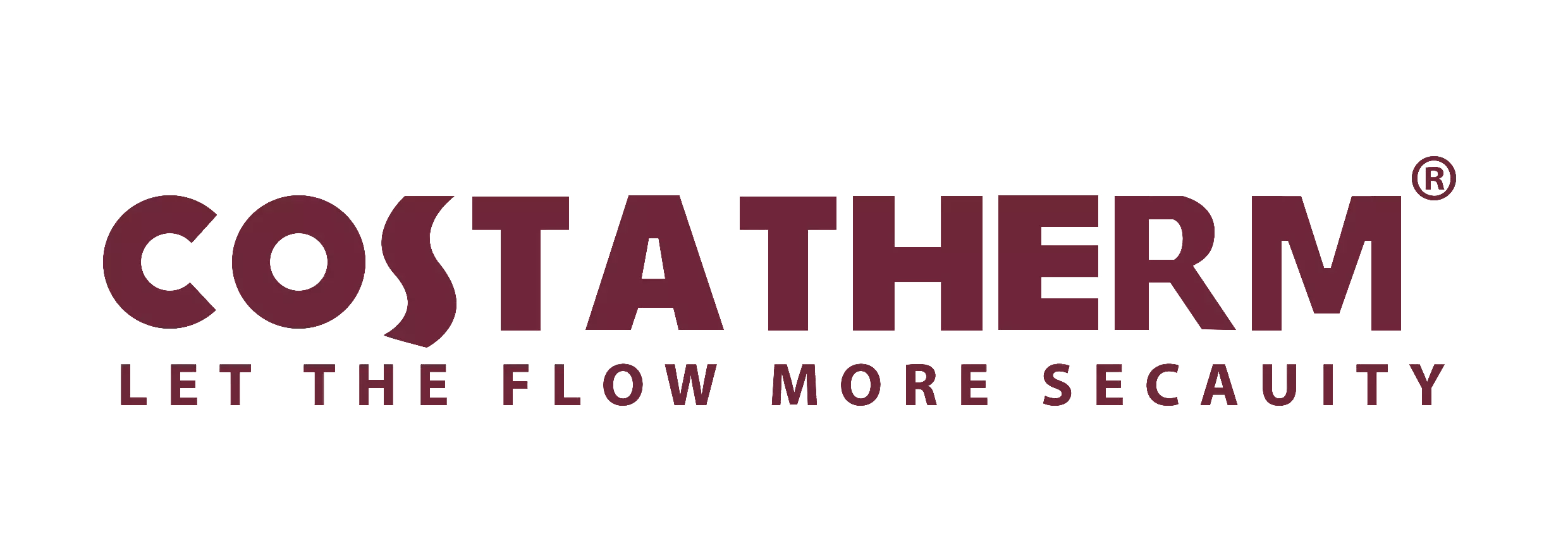
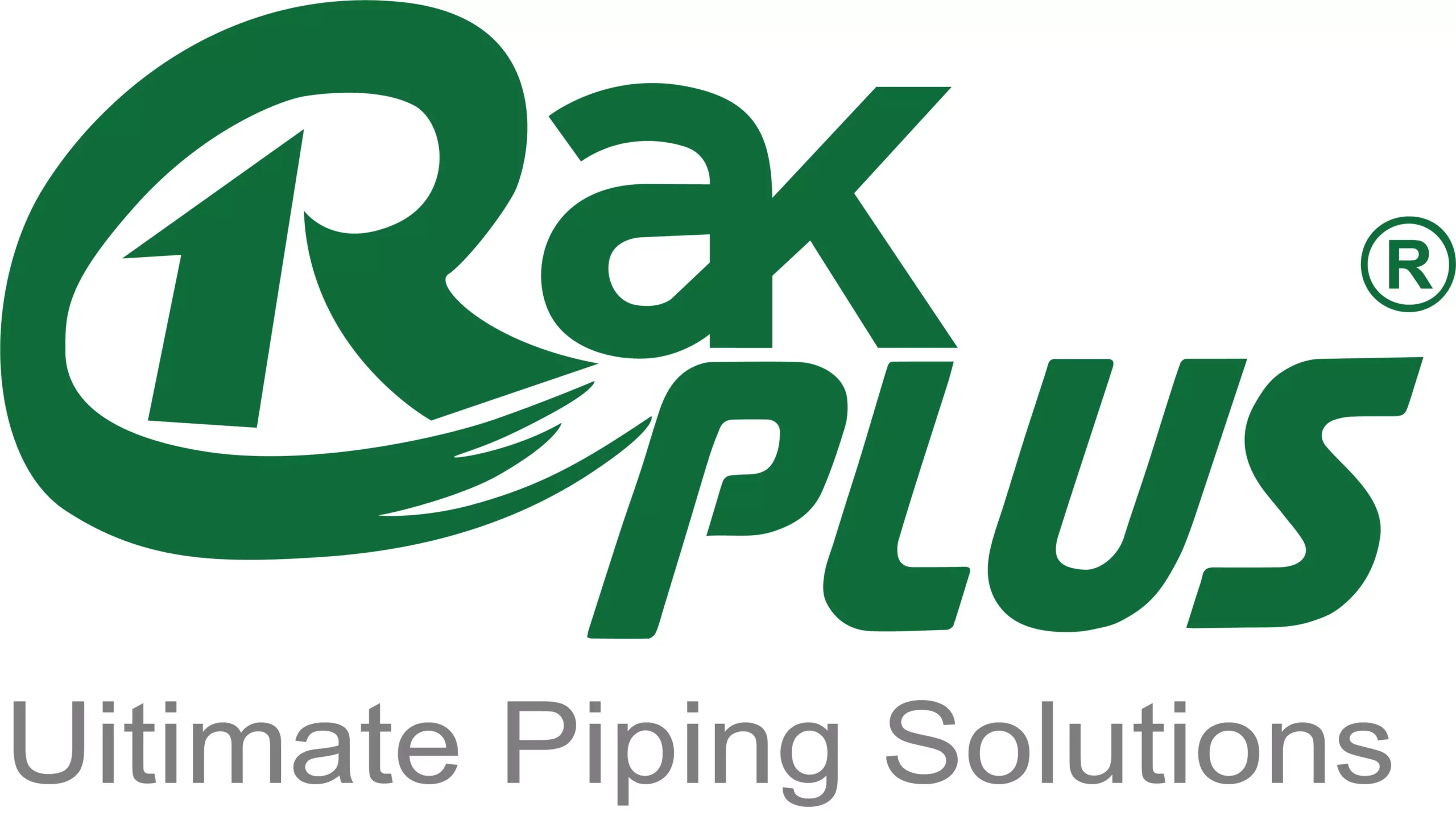
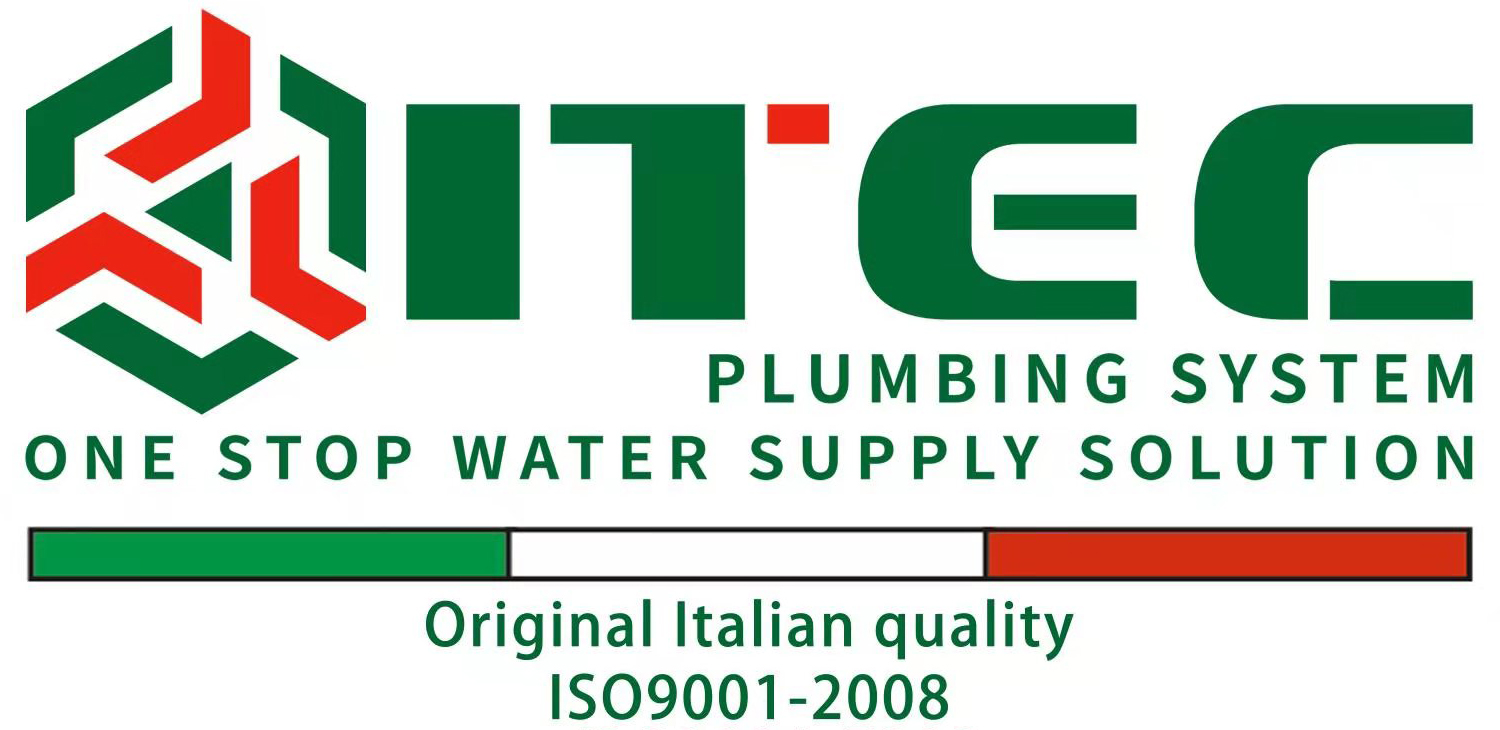

Insightful piece
Insightful piece